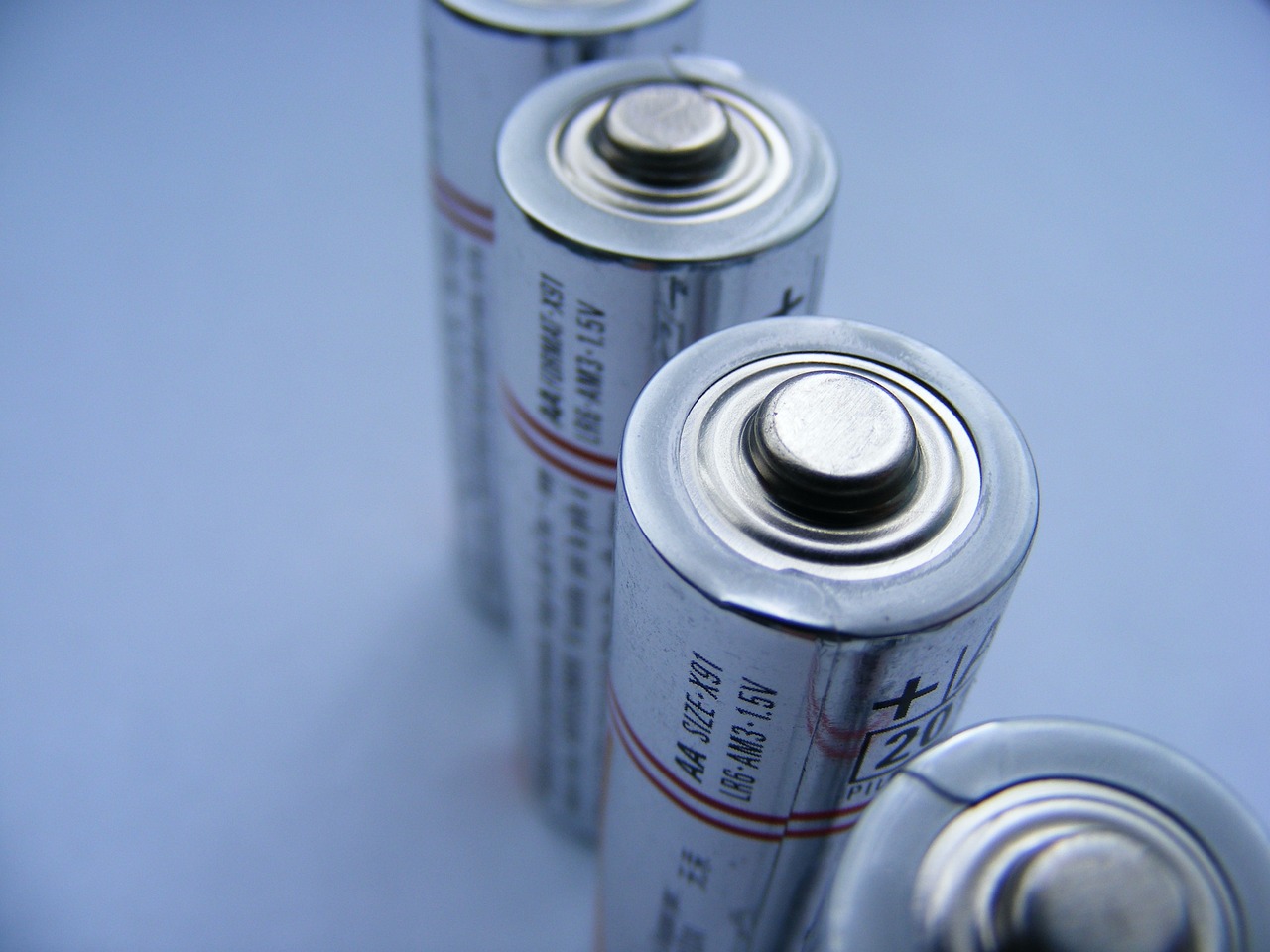This post is also available in:
 עברית (Hebrew)
עברית (Hebrew)
Researchers at Surrey University’s Advanced Technology Institute (ATI) have developed groundbreaking nanotechnology that may eliminate the issue of wearable devices running out of charge during outdoor activities. This new innovation promises to generate power from everyday movements, making it possible to keep devices charged without relying on traditional power sources.
The researchers have focused on creating advanced nanogenerators, devices that convert mechanical energy, such as motion or vibrations, into electrical power. While traditional nanogenerators produce about 10 milliwatts of power, this new technology could boost that output to over 1000 milliwatts. This substantial increase means the nanogenerators could potentially charge everyday electronic devices, significantly enhancing their usability during physical activities.
The authors of this research explained that their vision was to use nanogenerators to harness energy from everyday movements, such as jogging, mechanical vibrations, or even ocean waves. The innovation involves fine-tuning the technology with 34 tiny energy collectors using a laser technique. This advancement allows for upscaling the manufacturing process and further improving energy efficiency. Looking ahead, this technology could rival solar panels as a power source, potentially contributing to smart home systems in the future. The technology harnesses energy from any mechanical movement, which could lead to a wide range of applications, from powering wearables to contributing to sustainable energy solutions.
One type of device central to this research is the triboelectric nanogenerator (TENG). TENGs capture energy from movement and convert it into electricity. The researchers noted that this technology could enable the creation of “self-powered, non-invasive healthcare sensors” and drive advancements in sustainable health tech. He emphasized that it could also improve sensitivity and enhance industrial scalability.
The Director of ATI and a co-author of the research envisions nanogenerators as a convenient wireless technology that captures energy from mechanical movements to power small devices. This advancement represents a significant leap toward more sustainable and practical energy solutions for wearable technology.
Overall, the new nanogenerators could revolutionize the way we power our devices, making it possible to generate electricity from everyday activities and reducing our reliance on conventional power sources.


























